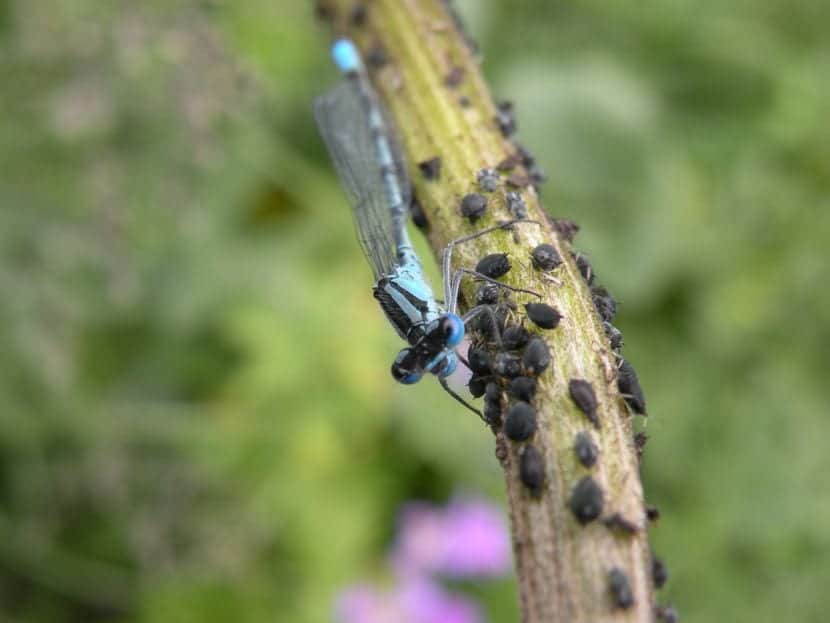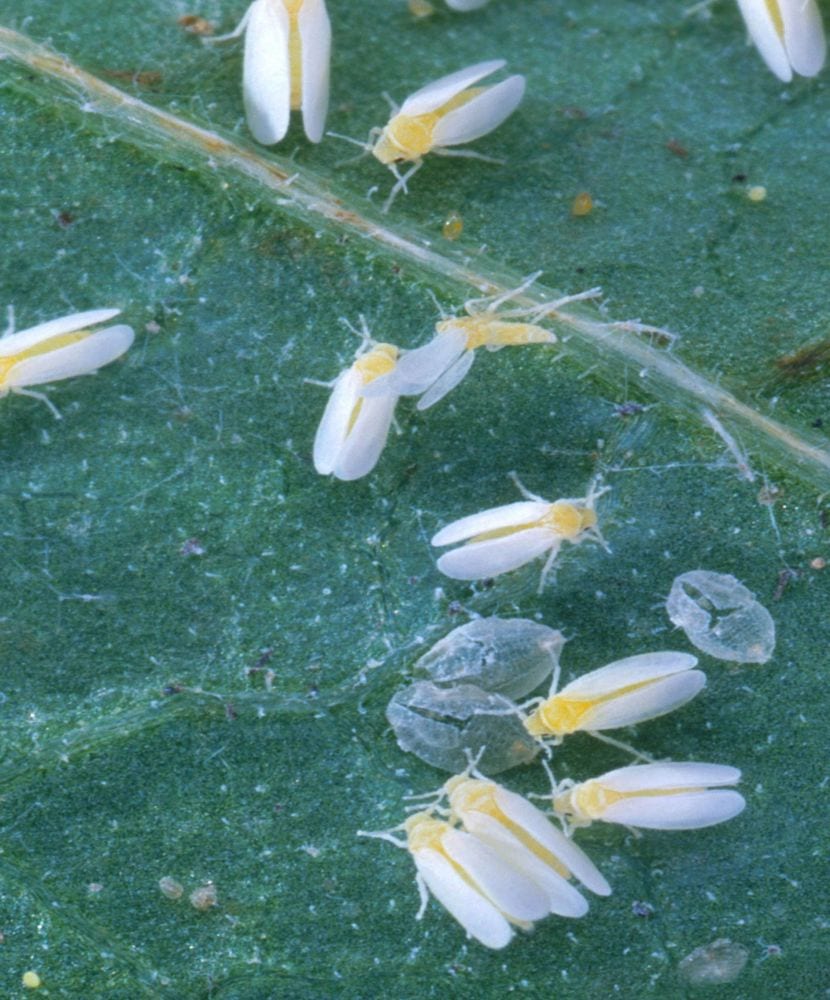Plants, even if they are indoors, can unfortunately also be affected by numerous plagues and diseases, especially if the defenses of the plant itself are low or if it does not receive the necessary care. That is why it is very important to know what growing conditions each species needs, and try to provide them to ensure that it is healthy.
When we talk about indoor plants, we are talking about plants of generally tropical origin, which could not withstand cold winters. The most suitable location for most of them is in a room with a lot of light, and away from drafts. Once this is known, sometimes it happens that some of the pests that we will discuss below appear due to a mistake or carelessness.
Cottony mealybug
All the cottony mealybugs They are insects with a cottony touch when they are adults, they can do a lot of damage to plants, even in very serious cases, they can kill it. They appear in warm seasons, between spring and summer, but we can also see them in autumn even in winter if we live in a warm climate. They are sucking insects, that is, they cling to branches, leaves and / or stems and, with the help of special organs, extract the sap from the plant. Young shoots that develop in spring are very vulnerable. But we can also find it in the roots, between branches, ... in short, throughout the plant.
The treatment is usually medium to long duration, as they are insects that are very resistant to traditional products. It consists of using a specific insecticide for mealy bugs in severe cases, or using soapy water in milder cases. If we see only a few, they can be removed by hand.
Aphids
The aphids they are always usually accompanied by ants. There are black as seen in the photo above, and also green. They are tiny insects, less than 0cm in length. They are favored by the dryness and heat of the environment. We can see them in buds, flowers, young shoots ...
The treatment consists of using a systemic insecticide, that is, the plant absorbs it and the insect, trying to absorb the sap of the plant, dies. In severe cases the best remedy is to prune the affected parts, discard them, and apply insecticide.
White fly
La White fly It is a small white flying insect that, in severe cases, may be accompanied by the bold fungus. In the plant we see the eggs that have been deposited on the underside of the leaves. We can also know that you have this plague when, when moving the leaves, a kind of white cloud appears.
The treatment consists of using a liquid insecticide, soaking the leaves well. It usually takes two or three more applications until we manage to eliminate the pest.
Red spider
La Red spider It is a tiny red or brown mite that forms a kind of spider web on the affected plant. We can find them in all kinds of plants: ornamental, horticultural, garden, etc. They reproduce very quickly and in large numbers, which is why it is common that, what seemed at first a mild attack, in the end worsens.
Treatment consists of applying liquid insecticide all over the plant in severe cases. In mild cases you can use soapy water spray moistening the entire vegetable.
Finally, it is important to know that, if we have a diseased plant or we think it may be, we will separate it from the others so that they are not affected. They are insects that reproduce very quickly and in large numbers, and they pass from one plant to another just as quickly. It is equally advisable to always follow the recommendations of the manufacturer of insecticides to avoid problems.
If you have doubts, take a leaf or your affected plant to your trusted nursery and they can advise you on what to do to regain health, since not all insecticides can serve the same way to eliminate all pests.





Pest control without pesticides can be applied to these types of plants with excellent results.
Very true, Paula. All the best.
Some pest control treatments that we have would help you, would you be interested?